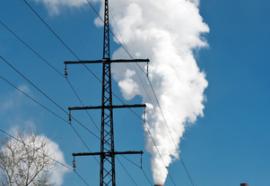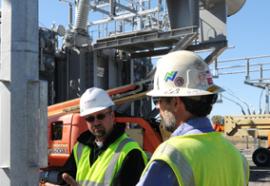The CAPX2020 Model: Part II
Submitted by meacott on Tue, 2012-02-28 17:03FORTNIGHTLY What’s Xcel Energy’s role in the CAPX2020 project, and how does it fit into the company’s overall transmission plan and resource plan?
MOGENSEN CAPX2020 is very important for Xcel and the region.







